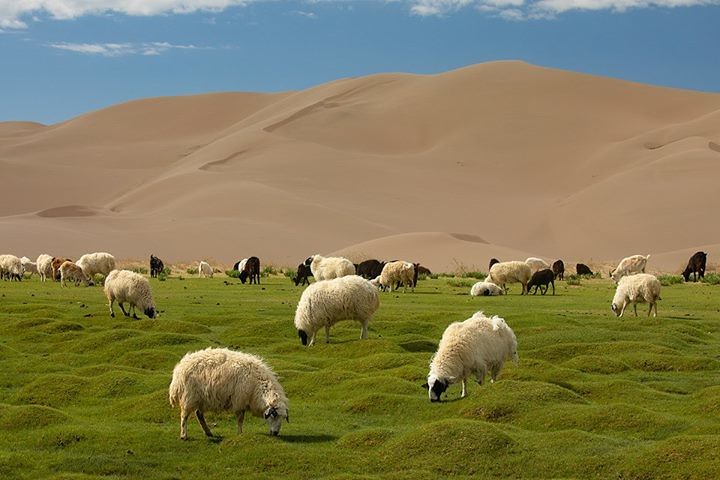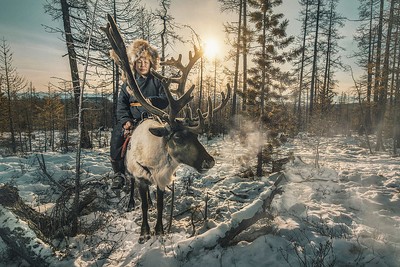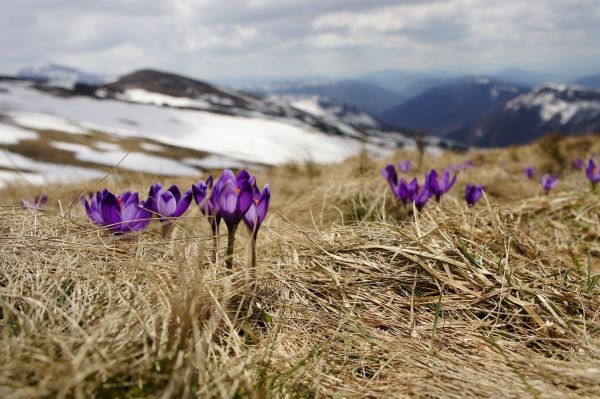Visiting Mongolia in February: Winter Adventure Guide
Winter begins to wane in February, but Mongolia remains cold, with occasional snowfalls and biting winds lasting until mid-March. February is also a culturally rich month, featuring Tsagaan Sar (Lunar New Year), the Thousand Camel Festival, and the Khuvsgul Ice Festival, depending on the lunar calendar.
If you’re traveling to Mongolia in February, you may be asking:
What is the weather in Mongolia in February?
Where should I go in Mongolia in February?
What should I wear in Mongolia in February?
Here’s everything you need to know for a Mongolia winter tour in February.
Mongolia Weather in February
Average temperatures in February range from –22.2°C (–8°F) to –9.6°C (14.7°F). Daylight lasts approximately 10 hours, and by the end of the month, early signs of spring begin to appear.

Best Winter Activities in February
🐕 Dog sledding on frozen rivers
🐎 Horseback riding through snowy valleys
🎿 Skiing at local ski resorts near Ulaanbaatar
🏡 Staying with nomadic families, sometimes even seeing newborn animals in winter
❄️ Joining the Ice Festival at Lake Khuvsgul
🗿 Climbing the Genghis Khan Statue Complex for epic winter views
🏛️ Visiting Kharkhorin, the ancient capital of the Mongol Empire
🐴 Spotting Takhi horses (Przewalski’s horse) in Hustai National Park
🦅 Meeting Eagle Hunters in Western Mongolia
🦌 Visiting the Reindeer People in the north
🐪 Joining the Thousand Camel Festival in March
💧 Exploring the Living Waters of the Jargant River
🐫 Camel trekking on the snow-covered Gobi dunes
♨️ Relaxing in the Tsenkher hot springsWhere to Go in February in Mongolia
Central Mongolia
Central Mongolia offers a variety of winter adventures:
Experience Lunar New Year celebrations with nomadic families
Terelj National Park – dog sledding and scenic winter walks
Genghis Khan Statue Complex – panoramic views of snow-covered steppe
Hustai National Park – spot wild horses and deer
Mini Gobi Desert – camel riding and visiting nomadic families
Karakorum Village – explore Erdenezuu Monastery and Kharkhorin Museum
Tsenkher Hot Springs – relax in naturally heated waters
Accommodation: Most tourist ger camps are closed. Options include local hotels, guesthouses, or nomadic family homestays.
Southern Mongolia (Gobi Desert)
The Gobi Desert experiences slightly milder winter temperatures, making it more accessible in February. Winter accessible highlights include:
Experience Lunar New Year celebrations with nomadic families
Khongor Sand Dunes covered in snow
Flaming Cliffs
Frozen Mukhar Shivert Waterfall
Tsagaan Suvarga (White Cliffs)
Baga Gazriin Chuluu rock formations
Accommodation: Nearby tourist ger camps are closed. Options include hotels, guesthouses, or family homestays.
Northern & Western Mongolia
February is also the month of the Khuvsgul Ice Festival, held on Mongolia’s largest freshwater lake. The temperature difference between day and night remains extreme, but adventurous travelers can explore some of Mongolia’s most remote and wintery regions.
Top winter experiences include:
Jargant Living River – a magical frozen landscape
Reindeer Tribes in Northern Mongolia
Eagle Hunting Tours in Western Mongolia
Accommodation: Tourist camps are closed; travelers should stay in local hotels, guesthouses, or nomadic family homestays.
What to Wear in Mongolia in February
February is extremely cold, so packing warm, layered clothing is essential

Proper layering is crucial for enjoying outdoor winter activities in Mongolia, including dog sledding, camel riding, and visiting nomadic families.
Recommended Winter Tours in February
If you are planning a winter tour in February, choosing experienced operators like Guru Travel Mongolia is essential. Our team ensures your comfort and safety while providing unforgettable winter experiences. Check our winter tours here




